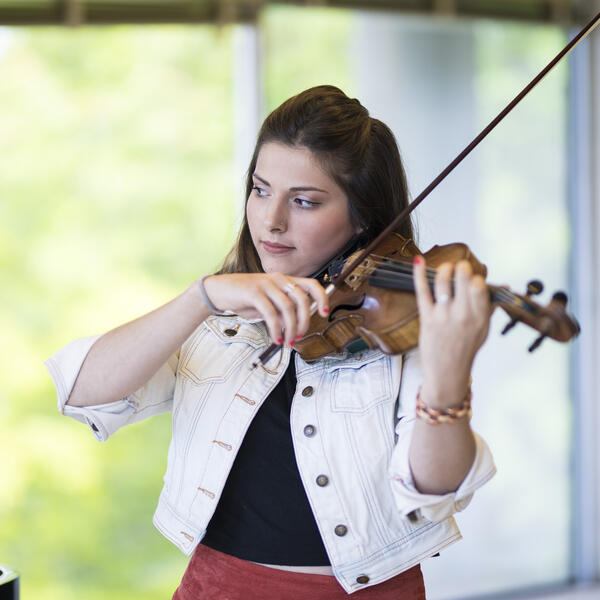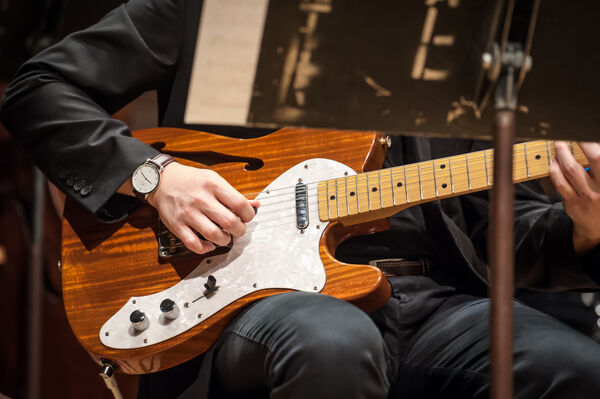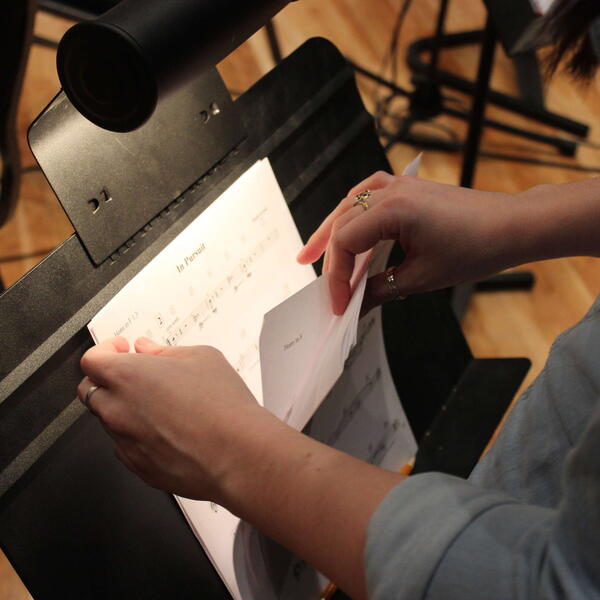Apply to Degree Programs Audition & Interview

An audition and interview (audition/interview) is required for all applicants to assess musical proficiency for all undergraduate programs.
Distance requirement: Applicants who live within 300 km of Toronto are required to audition/interview in-person. Although we strongly encourage all applicants to audition in-person, if you live further than 300 km you may choose to audition by video recording and complete the interview and skills assessment online.
Repertoire guidelines: Classical
Review the repertoire guidelines carefully as they vary by instrument/voice and by program.
Bachelor of Music programs include: Composition, History Culture & Theory, Interdisciplinary Music Studies, and Music Education. If you are interested in History, Culture & Theory, or if you would like extra time to decide which program may be right for you, an Exploratory Year is also an option in first year.
Artist Diploma applicants must follow the guidelines indicated for Bachelor of Music in Performance.
If you are applying to two or more programs, one of which is performance, your repertoire must be at the higher performance repertoire level as indicated.
Updated September 2025
Repertoire guidelines: Jazz
Jazz applicants follow a two-step audition process.
- Record a pre-screening video to be submitted with the Music Questionnaire.
- Based on the pre-screening video submission, select applicants will be invited to an official audition using pre-approved tunes.
Updated September 2025
Accompaniment guidelines
Classical accordion, guitar, harp, harpsichord, percussion or piano, do not require any accompaniment for their in-person or video audition.
All other instruments:
Applicants applying on any other classical instrument should follow the guidelines below for recommendations regarding accompaniment for their in-person or video audition.
Jazz applicants must use a rhythm section following the guidelines below.
Audition schedule
The below schedule indicates dates for in-person auditions, as well as online interviews (for those eligible). Note that the dates are subject to change and availability. Applicants should be prepared to audition at any time in February.
Once submitted Music Questionnaires have been reviewed, applicants will be notified by email when the online booking system has been opened.
Once your audition/interview date has been set, it will not be possible to reschedule, except under documented extenuating circumstances such as illness.
Schedule posted December 8, 2025
Recorded audition guidelines
What to expect at the audition/interview
Classical auditions
You can expect 2-3 faculty members/instructors on your adjudication/interview panel whether you are online or in-person.
All classical in-person auditions are held in the Edward Johnson Building and you will be provided a warm-up room 30 minutes before your scheduled audition time.

Performance
In-Person: You will be asked to perform select pieces (or excerpts) from the repertoire list you have prepared based on the audition requirements. Please bring one copy of scores for the audition panel.
Recorded: You must submit an audio-visual recording for each of the repertoire pieces required for your instrument/program by February 1, ensuring you follow the recorded audition guidelines.
Skills Assessment
In-Person and Recorded: You may be asked to identify intervals and chords, and sing or playback a short melody. As part of the assessment, you may also be asked to sight-read a short piece on your instrument and/or sight-sing a short piece.
Note: The skills assessment will be completed as part of the online interview for applicants auditioning by recording.
Interview
In-Person and Recorded: During the interview, you will be asked questions to assess your knowledge of repertoire for your instrument, including composer information and structural features of chosen audition repertoire. The audition panel will also engage you in discussion to learn more about your musical interests and career goals.
Jazz auditions
You can expect 2-3 faculty members/instructors to be on your adjudication/interview panel whether in-person or online.
All Jazz in-person auditions are held in the Faculty of Music South and you will be provided a warm-up room 30 minutes before your scheduled audition time.

Performance
In-Person: You will be asked to perform the pieces (or parts of pieces) that you have prepared. Please bring lead sheets for the rhythm section.
Recorded: You must submit an audio-visual recording for each of the pieces required for your instrument/program by February 1, ensuring you follow the recorded audition guidelines.
Skills Assessment
In-Person and Recorded: You may be asked to identify intervals and chords, and sing or playback a short melody.
Note: The skills assessment will be completed as part of the online interview for applicants auditioning by recording.
Interview
In-Person and Recorded: During the interview, you will be asked questions to assess your knowledge of repertoire for your instrument, including composer information and structural features of chosen audition repertoire. The audition panel will also engage you in discussion to learn more about your musical interests and career goals.
Have a repertoire question?
Any questions regarding the appropriateness of your audition repertoire should be sent to undergrad.music@utoronto.ca.
